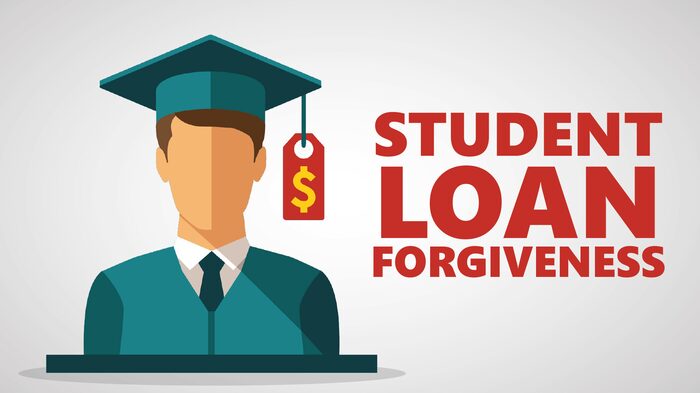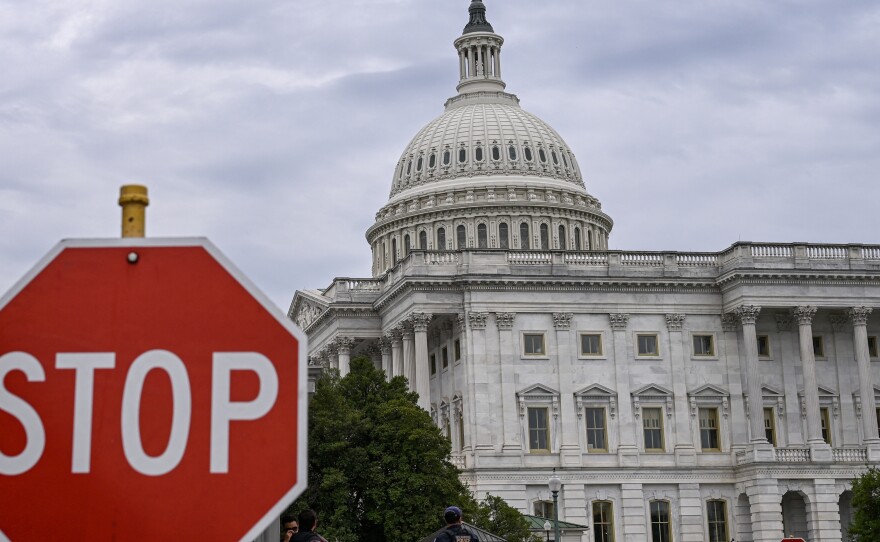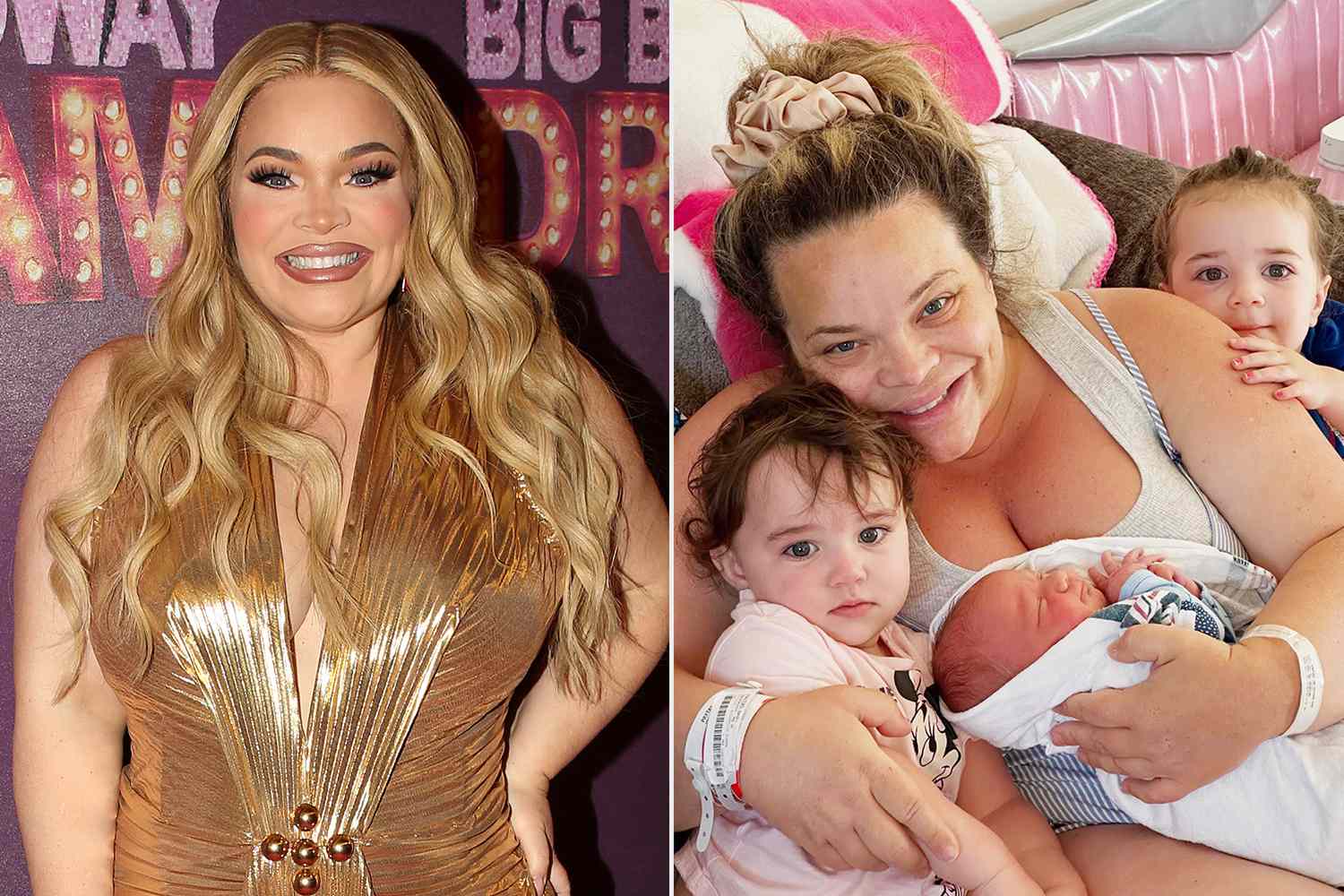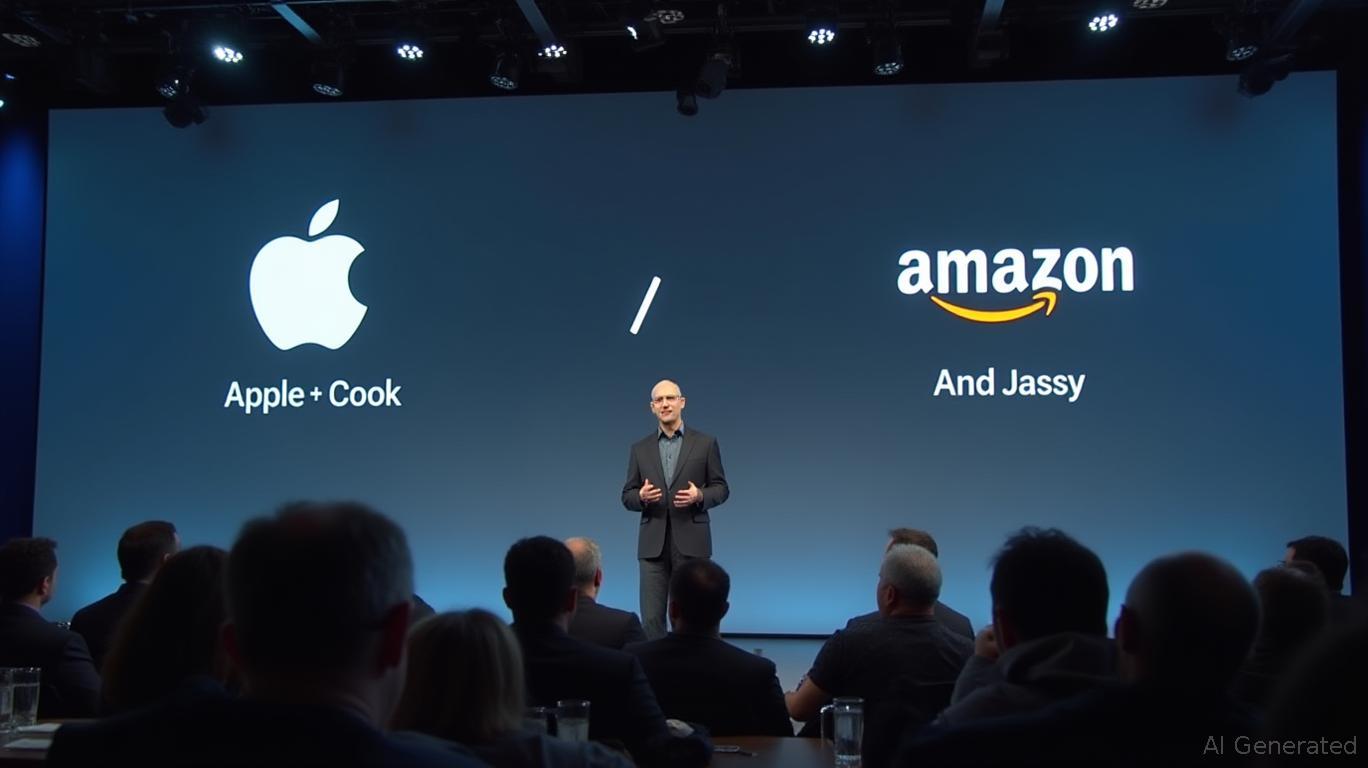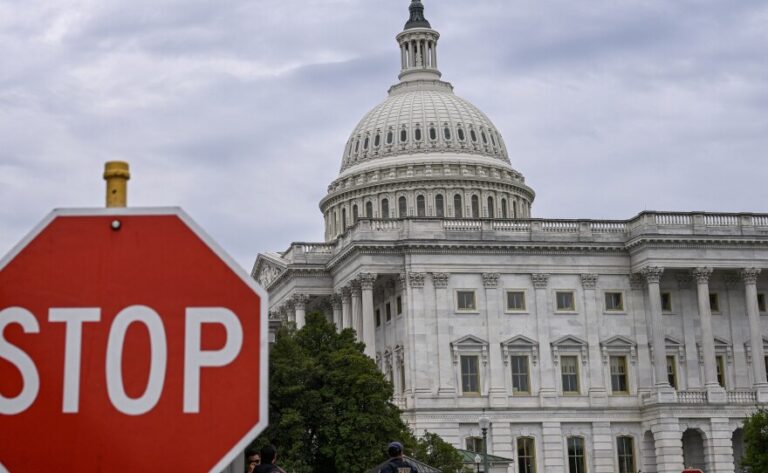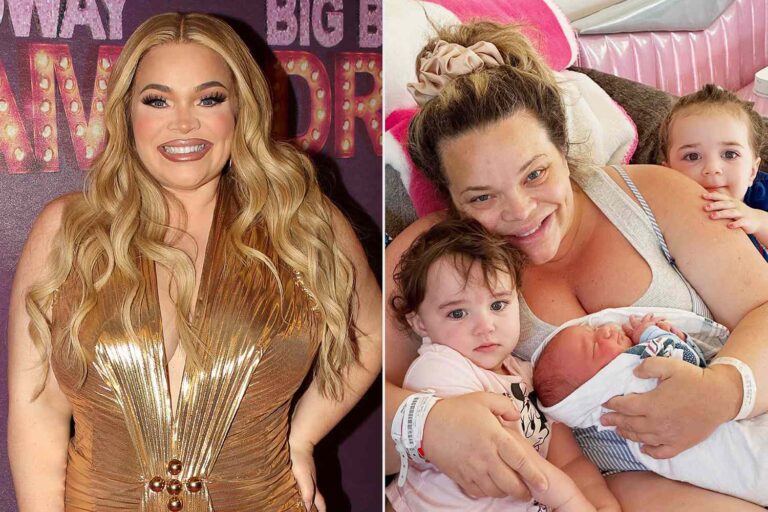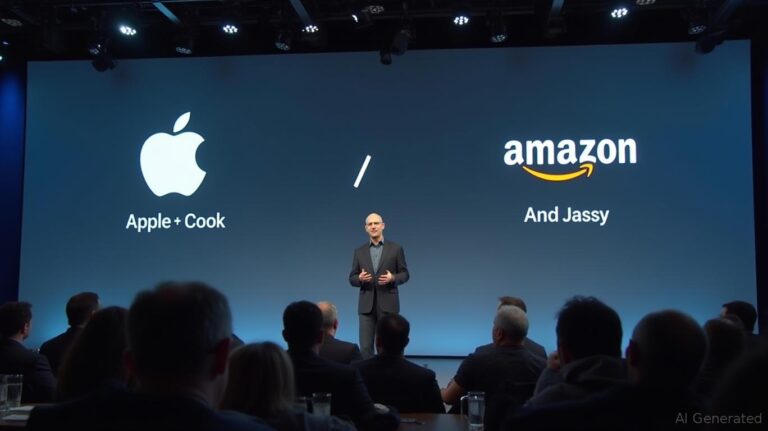Ever opened your student loan statement and felt your soul leave your body? Welcome to the club. With the average graduate drowning in nearly $40,000 of educational debt, finding a life raft has become a national pastime.
Enter Income-Based Repayment (IBR) – the unsung hero of student loan repayment plans that’s about to take center stage when the SAVE plan gets the boot this August. While it’s no magic wand, IBR might just be the next best thing for keeping your financial head above water while inching toward that sweet, sweet forgiveness finish line.
An In-Depth Look at Income-Based Repayment (IBR)
@thecollegeinvestor Replying to @Bria Stacy153 Here’s what IBR and IDR mean, as well as how the other acronyms work. #studentloans #studentloandebt #studentloanforgiveness
When the SAVE plan gets the boot this August, Income-Based Repayment (IBR) becomes the go-to option for many borrowers. IBR calculates your monthly payments at 10-15% of discretionary income (depending on when you took out your loans), rather than focusing on your actual loan balance.
It’s worth noting that IBR offers loan forgiveness after 20-25 years of on-time payments. Unlike PSLF’s public service requirement, IBR forgiveness is available to anyone who sticks with the program long enough.
Eligibility Criteria for Income-Based Repayment
To qualify for IBR, you need federal student loans—specifically Direct Loans or FFEL Program loans. Private loans don’t make the cut. Your payment under IBR must be less than what you’d pay under the 10-year Standard Repayment Plan to qualify.
The forgiveness timeline depends on when you borrowed: if you took out loans after July 1, 2014, you’ll get forgiveness after 20 years of payments. Older loans require 25 years of payments before forgiveness kicks in.
Remember that your IBR payment is calculated as 10-15% of your discretionary income, which is the difference between your annual income and 150% of the poverty guideline for your family size.
Understanding the Forgiveness Timeline
Under IBR, forgiveness isn’t quick—but it is guaranteed. If you borrowed after July 1, 2014, you’ll need 20 years (240 monthly payments) before your remaining balance gets wiped. For older loans, it stretches to 25 years (300 payments).
Unlike PSLF’s 10-year timeline for public servants, IBR forgiveness is available to anyone who sticks with it. Just remember that your monthly payment amount adjusts annually based on your income and family size, so your timeline stays fixed even as double pressure from Trump approaches and your payment changes.
Application Process for IBR Enrollment
Signing up for IBR is pretty straightforward, but it does require some paperwork. First, head to StudentAid.gov and fill out the Income-Driven Repayment Plan Request form. You’ll need your most recent tax return or pay stubs to verify your income.
Remember, you must recertify your income and family size annually—mark this on your calendar because missing it can cause your payments to jump dramatically. If your income changes significantly during the year, you can request a recalculation of your payment amount before your annual renewal.
For borrowers with older FFEL loans, you might need to consolidate them into a Direct Consolidation Loan first to access IBR forgiveness options.
Reaching the Forgiveness Milestone
Once you hit your 20 or 25 years of payments (depending on when you borrowed), your remaining loan balance gets wiped clean automatically. But don’t leave things to chance—stay in touch with your loan servicer as you approach that magic number.
The Department of Education typically sends updates about your progress toward loan discharge every few months, but these communications can sometimes fall through the cracks. Keep your contact info current and track your qualified payments independently to avoid any surprises when forgiveness time rolls around.
Impact of Tax Implications Under IBR
When your loans get forgiven after 20-25 years on IBR, Uncle Sam might come knocking. Currently, the IRS treats forgiven student loan debt as taxable income—meaning you could face a hefty tax bill in the year your loans disappear.
Think of it this way: if you get $50,000 in loans forgiven, that’s like getting a $50,000 bonus on your taxes. Ouch. Some financial advisors recommend setting aside a little money each month in a “tax fund” to soften the blow when forgiveness finally arrives.
Benefits and Drawbacks of IBR
IBR offers monthly payments that won’t break the bank, typically capping at 10-15% of your discretionary income. For folks with massive loan balances but modest salaries, this can be a lifesaver.
But there’s a catch—interest keeps piling up. Many borrowers see their balances grow over time despite making regular payments. And while forgiveness after 20-25 years sounds great, remember you might get hit with a tax bill when that day comes.
Take Sarah, for example. Her $100,000 in graduate loans would require $1,100 monthly payments under the standard plan. With IBR, she pays just $380 monthly based on her $45,000 teaching salary.
Addressing Common Misconceptions About IBR
Let’s clear up some confusion about Income-Based Repayment, because misinformation is spreading faster than a viral cat video.
First off, IBR doesn’t magically wipe away all types of student loans. Private loans? They’re completely out of luck. And contrary to popular belief, you can’t just sign up and automatically qualify—your payment under IBR must be less than what you’d pay on the standard 10-year plan.
Another head-scratcher: many borrowers think their payments will always stay the same. Nope! Your payment amount changes yearly based on your income and family size. Got a raise? Expect your payment to climb too.
Oh, and that forgiveness after 20-25 years? It’s not free money—the forgiven amount could get slapped with a tax bill.
One-Time Repayment Adjustment and Policy Changes
The Department of Education recently introduced a one-time adjustment for borrowers on IBR plans, counting more past payments toward forgiveness. This means many borrowers are suddenly closer to that 20-25 year finish line than they thought.
Under this adjustment, periods spent in forbearance or deferment (12+ consecutive months or 36+ cumulative months) now count toward forgiveness. Even better, the adjustment applies automatically—no paperwork needed.
However, this policy could change with Trump’s new “Big Beautiful Bill” approach, which introduces the Repayment Assistance Plan (RAP) by 2026. Current borrowers should stick with IBR for now, as the adjustment benefits won’t transfer to the new system.
Spotting and Avoiding Potential IBR Scams
With so many borrowers scrambling to find relief, scammers have gotten crafty with fake IBR “services.” Red flags include companies asking for upfront fees to enroll you in IBR or promising immediate loan forgiveness. Remember, applying for IBR is completely free through StudentAid.gov.
Watch out for anyone claiming they can “pre-qualify” you for special forgiveness programs or demanding your FSA ID credentials. Legitimate loan servicers never need you to hand over your password.
When in doubt, contact your actual loan servicer directly or check the Federal Student Aid website for accurate information about loan forgiveness options under IBR.
Frequently Asked Questions About IBR
Do all federal loans qualify for IBR forgiveness?
Not all federal loans qualify. Direct Loans and Federal Family Education Loans (FFEL) are eligible, but Perkins Loans and Parent PLUS loans don’t qualify unless consolidated into a Direct Consolidation Loan.
Will my monthly payment change over time?
Yes! Your payment adjusts annually based on your income and family size. If you get a raise or your family shrinks, expect your payment to increase. Conversely, if your income drops or family grows, your payment might decrease.
Can I make extra payments to pay off my loans faster?
Absolutely, but consider this carefully. Making extra payments reduces the amount ultimately forgiven. Sometimes, it’s smarter to put that extra money toward retirement or emergency savings instead.
Final Thoughts on IBR Forgiveness
Let’s face it – IBR isn’t sexy. It’s the financial equivalent of a slow cooker rather than an air fryer. You’re in it for the long haul – 20 to 25 years of monthly payments that won’t break your budget but also won’t make your loans vanish overnight.
But here’s the thing – for millions of borrowers drowning in student debt while trying to build lives, buy homes, or simply afford avocado toast, IBR creates breathing room. The forgiveness at the end might come with a tax bill, but after two decades of manageable payments, seeing that balance hit zero will feel like graduating all over again – minus the awkward cap and gown.

